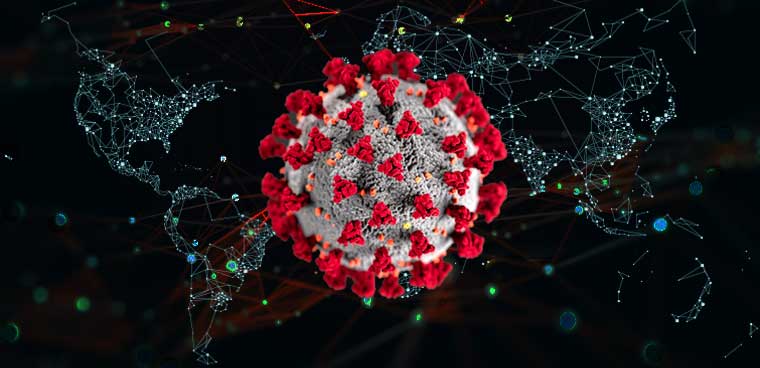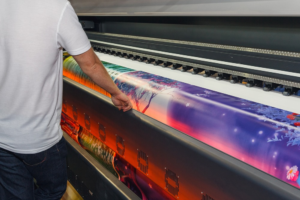COVID-19 : Impact on the Textile Economy & Strategic Priorities During & After the Lockdown
By Rajaguru Raja, Managing Director, Texcoms Textile Solutions, Singapore.
Textile mills must make efforts to understand the changing global context and consider macroeconomic indicators while formulating operations strategies. This article is an effort to highlight the source and kind of economic indicators that must be observed to gain insights in to the evolving market context.
Foreword
Most of the textile mills, being privately held, are managed by equity stakeholders and are not subject to any public scrutiny. The pressure to produce short term results on scores of financial and non-financial indicators hardly exists.
Though, this absence of constant scrutiny enabled some responsible managements to excel, most others failed to adopt to the rapid market changes. Traditionally, managements ride the growth wave of ‘good times’ while sitting-out the ‘bad times’. This strategy while good enough during economic boom-bust cycles, is certainly inadequate to deal with severe economic conditions as a result of the COVID-19 pandemic.
The sources include; IMF world economic outlook report, JP Morgan PMI, WTO trade statistics and European CDC for COVID-19 current status.
The global economy is projected to witness a negative growth of 3% in 2020 and experience a sharp recovery of 5.8% in 2021. With respect to international trade, the world merchandise trade volume is set to decline by 13% in 2020 and stage a sharp recovery of 21.3% in 2021. 2 Industry strategists must constantly monitor following two indicators:
- European CDC data (worldindata.org) to understand which countries are ‘flattening the curve’
- PMI (Purchasing Managers Index) monthly data to gain insights regarding level of economic activity.
Spotting these trends early on will enable companies to plan for demand upswings, if any.
‘The great lockdown’ (a term coined by the IMF) while detrimental to the economy also offers opportunity for textile mills leadership to plan, restructure organization, implement smart factory architecture, develop management skills, reduce finance cost and adapt flexible production lines. The most productive asset, ‘management time’ must be spent in planning and developing new skills.
[tnc-pdf-viewer-iframe file=”https://www.texcoms.com/wp-content/uploads/2020/04/COVID-19s-Impact-on-the-Textile-Economy-Strategic-Priorities-during-and-after-the-Lockdown-27-Apr-20.pdf” width=”800px” height=”1600px” download=”false” print=”false” fullscreen=”true” share=”true” zoom=”true” open=”true” pagenav=”true” logo=”true” find=”true” current_view=”true” rotate=”true” handtool=”true” doc_prop=”true” toggle_menu=”true” toggle_left=”true” scroll=”true” spread=”true” language=”en-US” page=”2″ default_zoom=”auto” pagemode=””]


